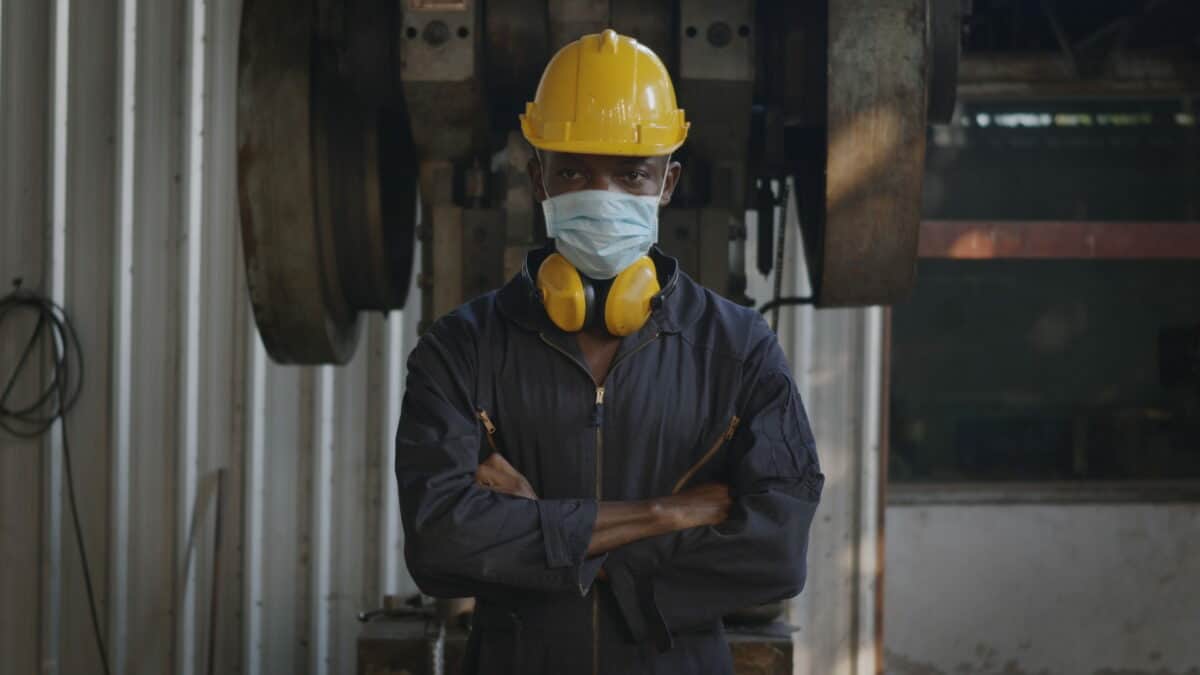There are two core elements to the work of the occupational health and safety (OHS) professional – the management of Safety and the management of Safety Liability. In the simplest of terms, the former saves lives and the latter saves money. OHS (and politics) has always involved juggling these two extremes.
There are many examples of this tension but the most obvious, at the moment, is COVID-19 and the vaccination of workers.






